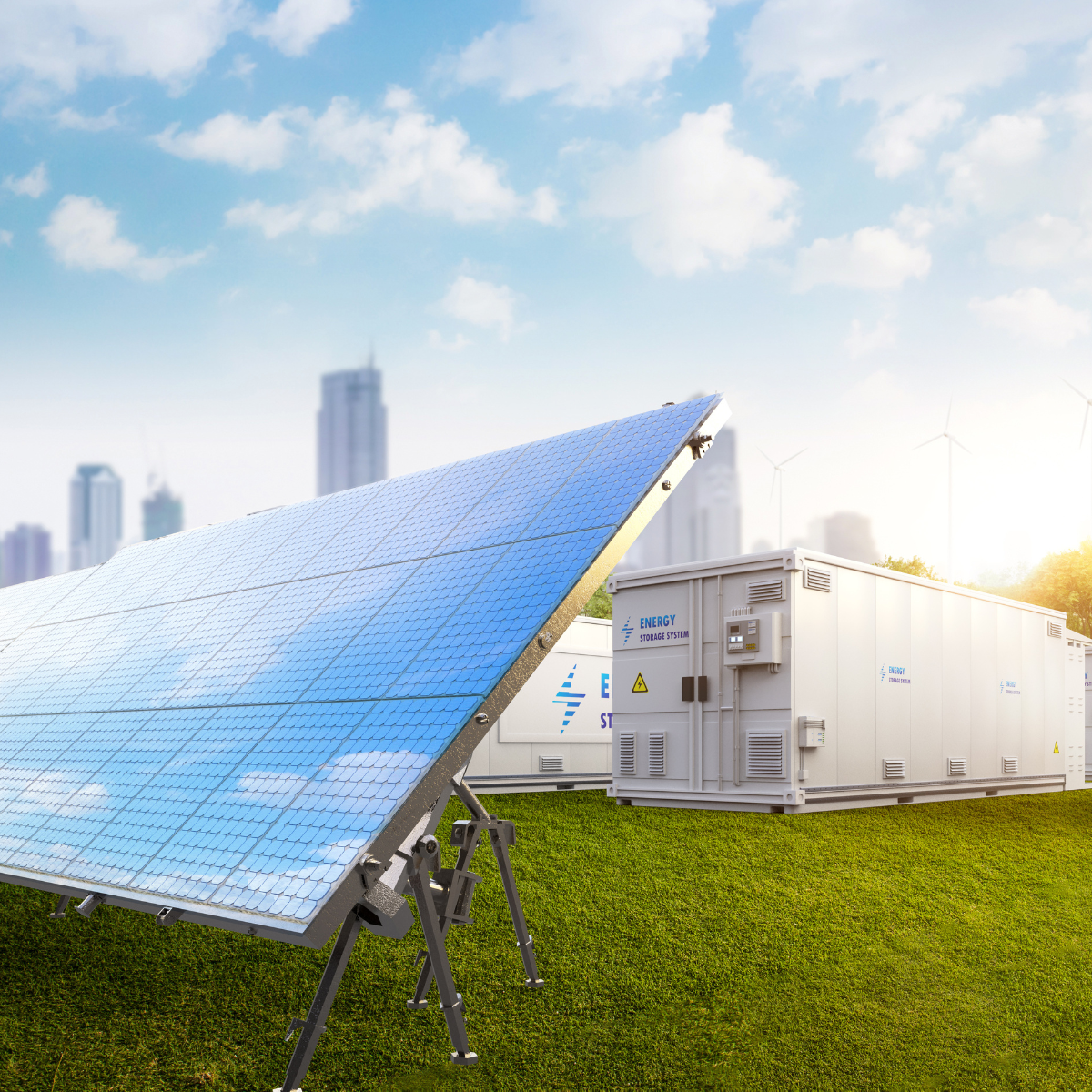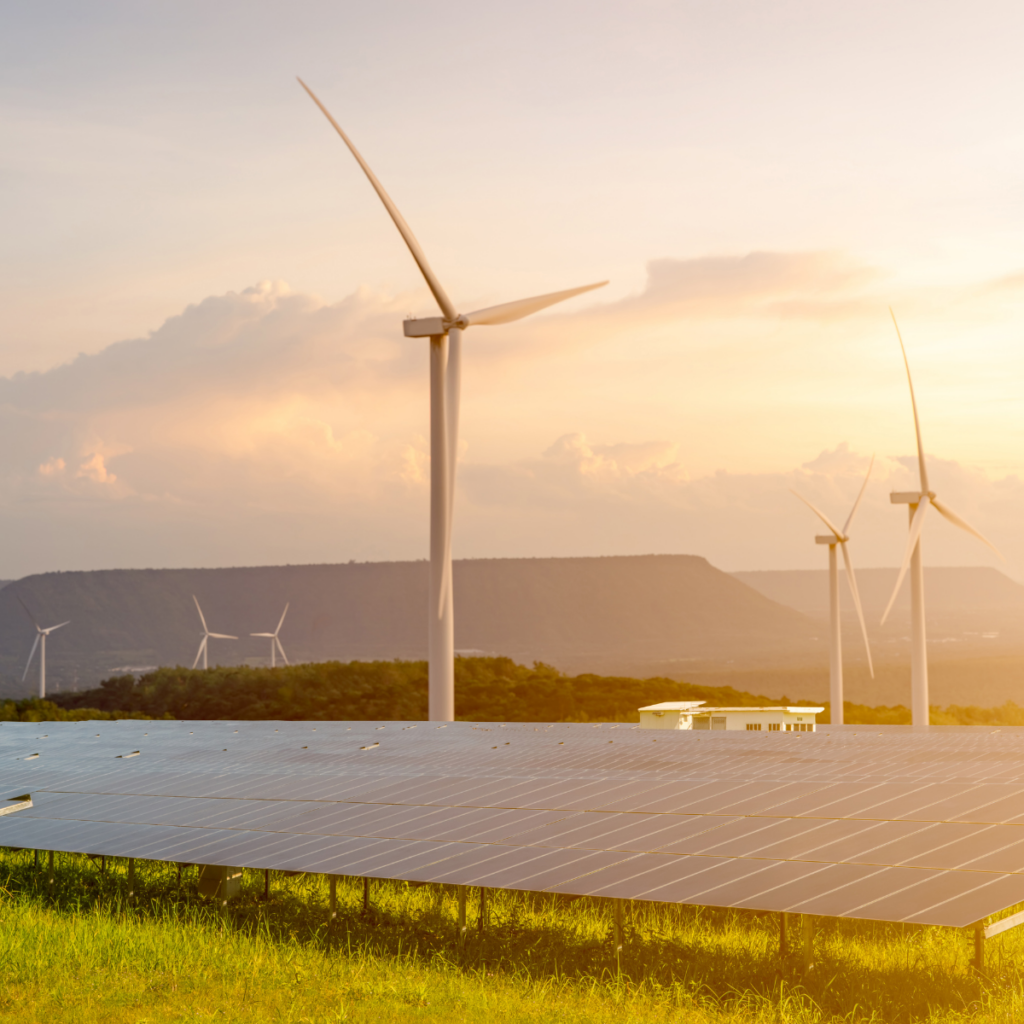
Powering Up: The Role of Energy Storage Solutions in Modern Engineering
In our pursuit of sustainable energy practices, energy storage technologies have become indispensable. As society transitions from fossil fuels to renewable sources like solar and wind energy, reliable energy storage solutions are critical to counter the intermittent nature of these sources and swiftly adapt to changing energy demands.
1.The Importance of Energy Storage Technologies
Energy storage plays a pivotal role in establishing a resilient energy management strategy, ensuring the balance between energy production and demand. It serves as a buffer during low production periods and allows surplus energy to be stored when production is high. This reduces blackout risks and grid instability, which is particularly crucial as electric vehicle adoption and decentralized power generation surge.
Moreover, energy storage addresses a major challenge in integrating renewables into the grid—variability. The sun doesn’t always shine, and the wind doesn’t always blow. Storing excess energy thus becomes imperative to harness the full potential of renewable energy sources and enhance reliability. This shift also diminishes the need for peaker plants, which are typically fossil-fueled and operate only during periods of high demand, reducing greenhouse gas emissions.
So, in essence, energy storage solutions boost grid efficiency, enhance green electrical supply reliability and shield us against power disruption.

2. Exploring Diverse Energy Storage Solutions: Building a Resilient and Sustainable Energy Landscape
A range of energy storage solutions caters to diverse needs, categorized into chemical, electrochemical, electrical, mechanical, and thermal systems. Each offers unique attributes suitable for specific situations, collectively contributing to a flexible and reliable energy landscape. Notable examples include:
— Pumped hydroelectrical storage: A tried-and-true technology for large-scale energy storage, involving water pumped from a lower to a higher reservoir during surplus electricity periods. When demand spikes, the water flows downhill through turbines to generate power.
— Compressed air energy storage (CAES): A mechanical storage system comparable in capacity to hydroelectric pumping. Air is compressed and stored in underground reservoirs (e.g. caverns). When needed, pressurized air is heated and expanded in a turbine, which drives a generator to produce electricity.
— Flywheel energy storage: Rotational energy is stored by spinning a rotor at high speeds and maintaining the power as rotating energy. This momentum is then converted back into electricity when required.
— Thermal storage: Energy is stored as heat, using materials like molten salts or phase-changed substances. This is often used in conjunction with solar power systems to provide heat or electricity after sunset.
— Rechargeable batteries are a true game changer and are compact, efficient, scalable, adaptable, and increasingly cost-effective. It can be used for residential needs to large-scale grid installations. Furthermore, as technology advances, the efficiency and lifespan of batteries are on the rise, while big projects are on the rise to recycle metals from discarded batteries (e.g. nickel, cobalt, lithium), which lowers the known environmental impact of batteries.
— Flow batteries: Fuel cells store and release energy through moving electrolytes. In contrast to conventional batteries, they offer uninterrupted energy utilization. Flow batteries can also use hydrogen, which can be produced from renewable sources. This approach not only contributes to efficient energy utilization but also presents a method for storing surplus renewable energy for high-demand periods.

3. The path forward
As we steer toward a sustainable future, energy storage technologies become unsung heroes in modern engineering. By decoupling energy generation from consumption, they hold the key to unlocking the full potential of intermittent renewable energy sources, enabling us to replace the reliable, continuous power generation of traditional fossil-fuel-based systems.
Ultimately, energy storage acts as a catalyst for change, redefining how we generate, store, and utilize energy. From stabilizing energy supply to boosting grid resilience and accelerating the renewables transition, these technologies are pivotal for a greener and more reliable energy landscape. As the world seeks to power up its energy infrastructure, the collaborative efforts of engineers, researchers, and innovators will continue to illuminate the path toward a more sustainable, cost-effective and reliable energy future.

I invite you to share your thoughts: In your view, what are the strengths and weaknesses of energy storage solutions? Are you actively engaged in energy storage projects? And in your perspective, how can the engineering community steer us closer to realizing a sustainable energy future? Your insights are invaluable, and I’m eager to hear your perspective!
#GreenEnergy #EngineeringInnovation #EnergyStorage

Written by Sarah Bekkaoui
Business Manager




